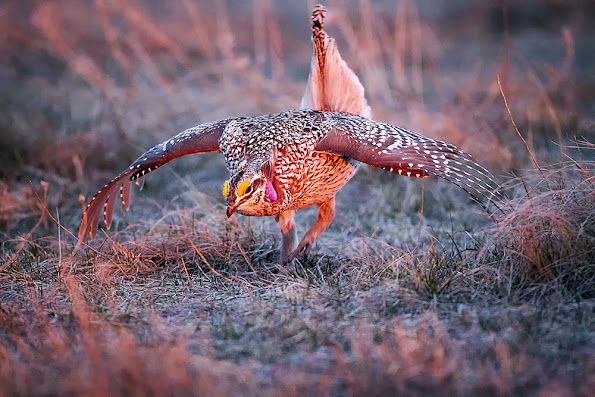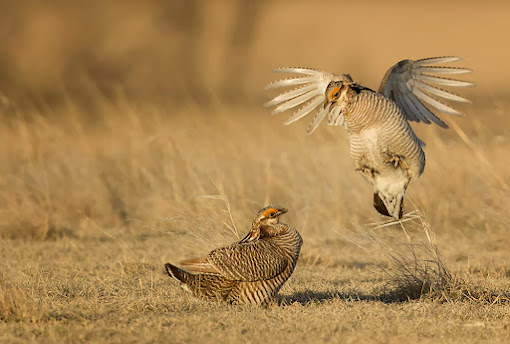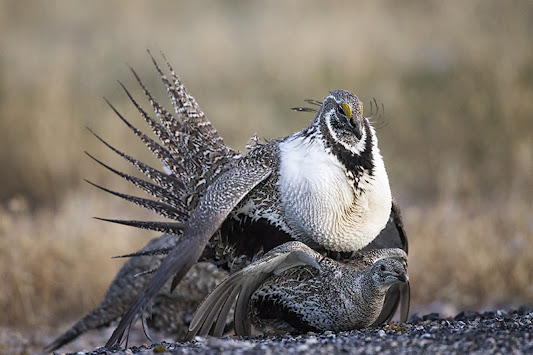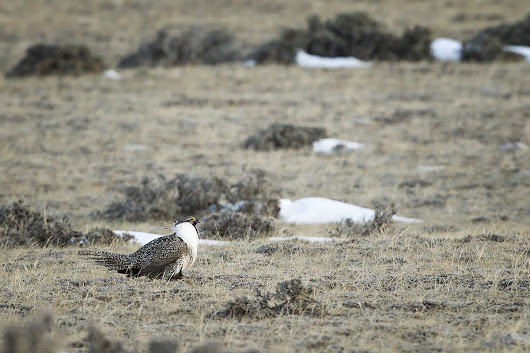Photographing Sharpies at a Lek

(First kiss of sunlight before I changed camera settings, ISO 12,800, f4, 1/640, male STG strutting, not cropped) Originally I was going to share my thoughts on photographing multiple species of grouse while on their lek but once I started compiling notes (and images) I thought better of it and decided to write about one species at a time and in this post it will be the sharp-tailed grouse, aka "sharpies" or known by the acronym STG. After photographing STG on a couple leks during our 2022 adventure, I can say they are not the highest jumpers. What does that mean? Compared to the greater and lesser prairie chickens, the chickens win. Their fights reached further off the ground and seem to explode in the air high enough to clear most gr...



